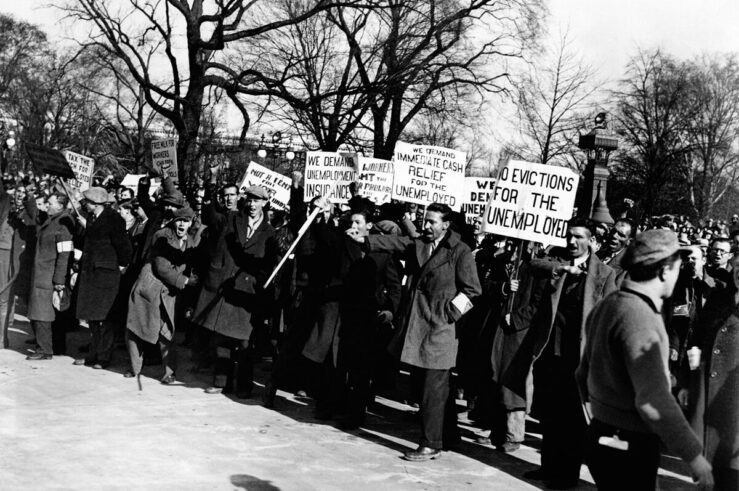What is the proper role for judges in deciding how much investment advisers to mutual funds should be compensated? This is the question the Supreme Court will answer in Jones v. Harris Associates, argued last month. At first, the question seems silly: courts don’t get a say in how much I get paid or how much (beyond the minimum wage) I pay our nanny, so why would they have any say here.
The difference between my pay and that of investment advisors is that there is a statute – section 36(b) of the Investment Company Act of 1940 – that obligates investment advisors under a “fiduciary duty with respect to the receipt of compensation for services.” The justification for the statute was a belief that the corporate structure of mutual funds, where the investment advisor appoints the board of the fund, which in turn is supposed to negotiate with the advisor over its compensation, is insufficient to generate the arm’s length bargaining that I have with our nanny or the University has with me. It is as if I appointed the Trustees of the University, and then they had as their first job deciding how much to pay me.
Unfortunately, the statute’s command is ambiguous – what does having a fiduciary duty mean for the proper judicial role? The prevailing view, until last year, was set forth in a 1982 case from the Second Circuit. The so-called “Gartenberg test” required courts to weigh numerous factors to determine whether the pay of investment advisors was reasonable. Lawyers, of course, love this test. All work-a-day lawyers, regardless of side, love multi-factor tests because they generate uncertainty and therefore fees. Not surprisingly, this generates an agency cost between lawyers and their clients, which may explain in part why no lawyers in the Supreme Court litigation argued to affirm the Seventh-Circuit opinion, which rejected the Gartenberg test.
As I show in a new paper, the Gartenberg standard has generated several hundred cases over the past two decades, costing several billion dollars. Shockingly, plaintiffs have never won once. They are 0 for 150 in cases resulting in reported decisions. Nevertheless, tens of cases are filed each year in an attempt to extract money (up to the costs of defending the litigation) from advisers. This might not be an inefficient result if the litigation is serving a deterrence function, but I show in the paper that the statute’s limit on the damages that can be paid in this litigation and the size of fees relative to the costs of litigation make this an impossibility. There is, in short, absolutely no economic justification for Gartenberg and private litigation about fees.
Perhaps based on this kind of economic analysis, Judge Easterbrook rejected Gartenberg, holding that a fiduciary duty means being transparent and playing no tricks, something not sufficiently alleged by plaintiffs in Jones. This is the approach state courts, for example, in Delaware, take when enforcing the fiduciary duty of corporate managers with respect to the pay they receive. Courts don’t balance factors to determine whether Jeffrey Immelt is paid too much, they look only at the pay-setting process and for unremedied conflicts of interest. This seems like the most sensible reading of the statute, but the simple economic analysis I do in the paper shows that there is another reason for the Court to reject Gartenberg.
A final observation is another reason why no parties before the Court defended Judge Easterbrook’s opinion. As noted above, agency costs is one explanation. Another is fear of change. Although defendants and the mutual fund industry might prefer avoiding the tax imposed on them by Gartenberg, I show that the dollar amounts of the tax are very small relative to the fees advisers earn. Moreover, a decision by the Court affirming Easterbrook might generate a legislative response (note: highly paid Wall Street types aren’t so popular on Capitol Hill these days), and the new statute might be much worse than the prevailing interpretation of section 36(b). In short, better Gartenberg than Barney Frank. The Court therefore did not hear the full story when the parties argued the case. The plaintiffs lawyers had their say, the defense lawyers and the industry had their say, but investors, the ones who ultimately pay the tax or what amounts to a useless wealth transfer to lawyers, did not.




